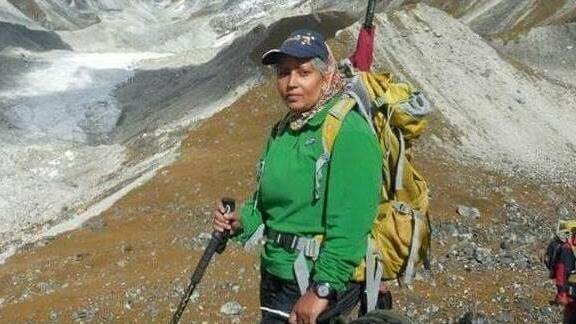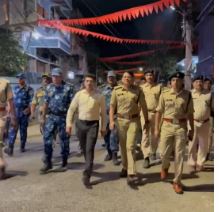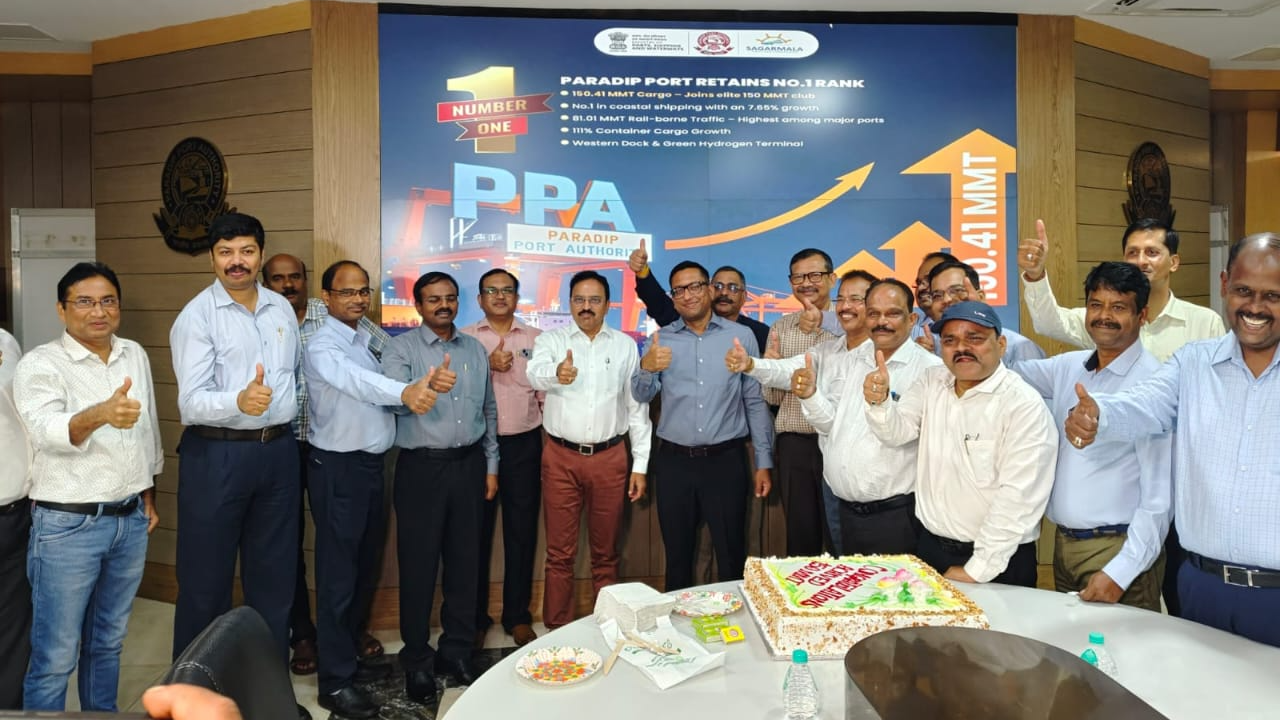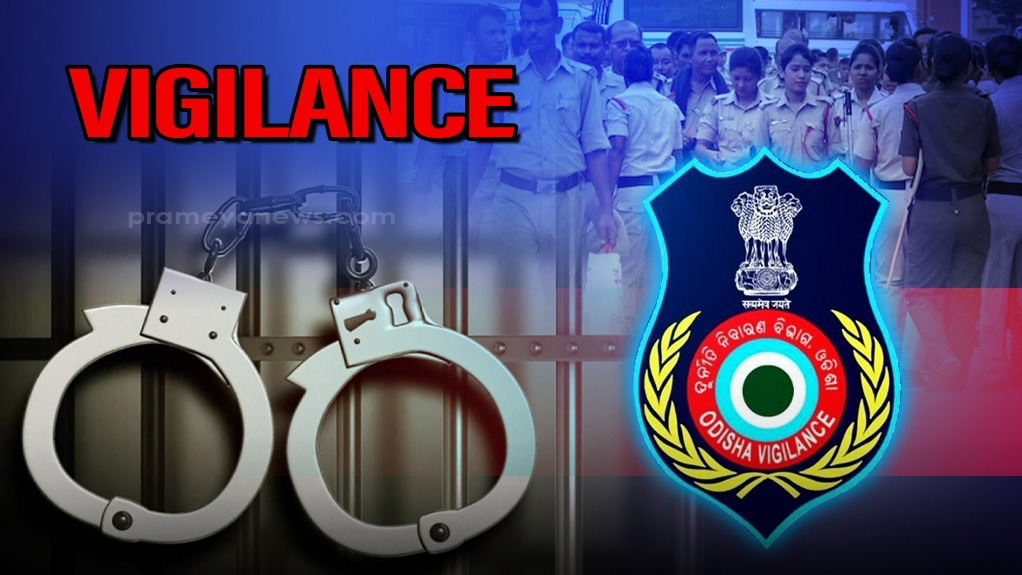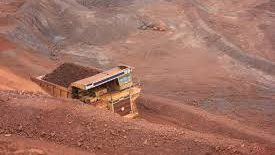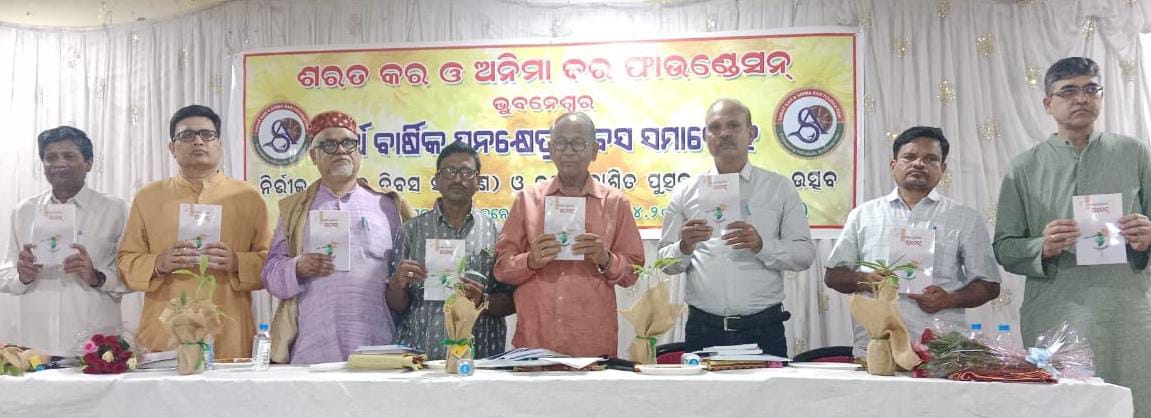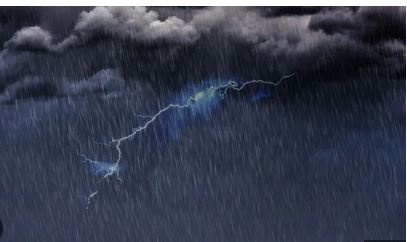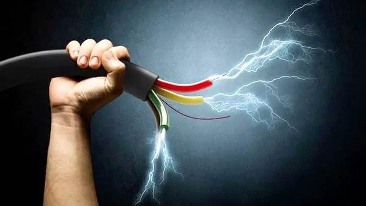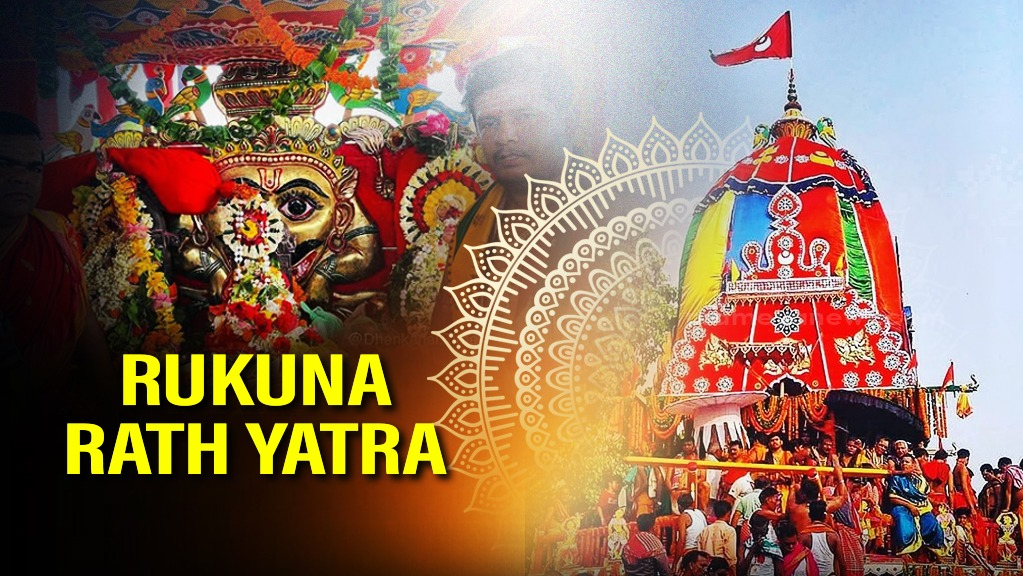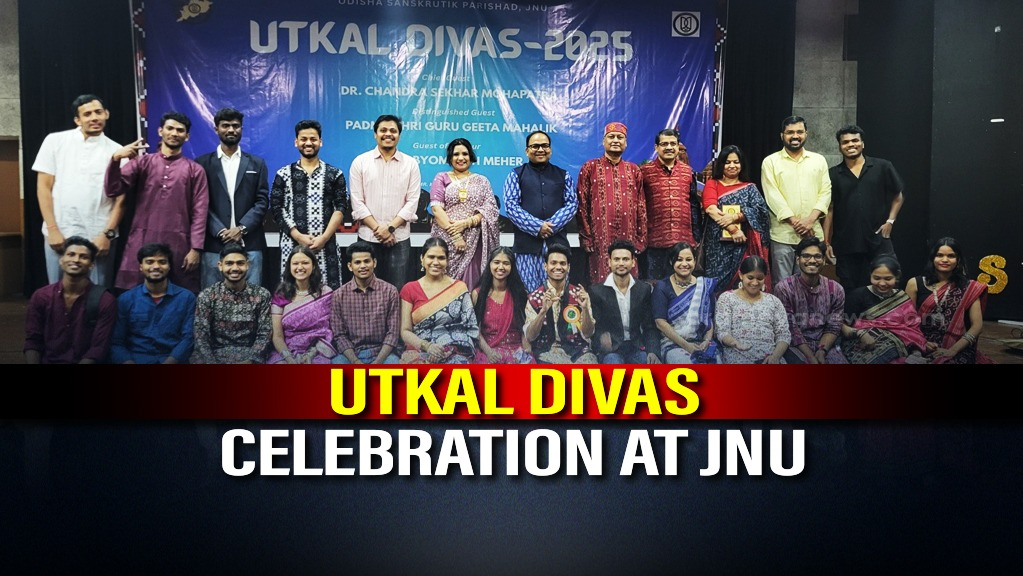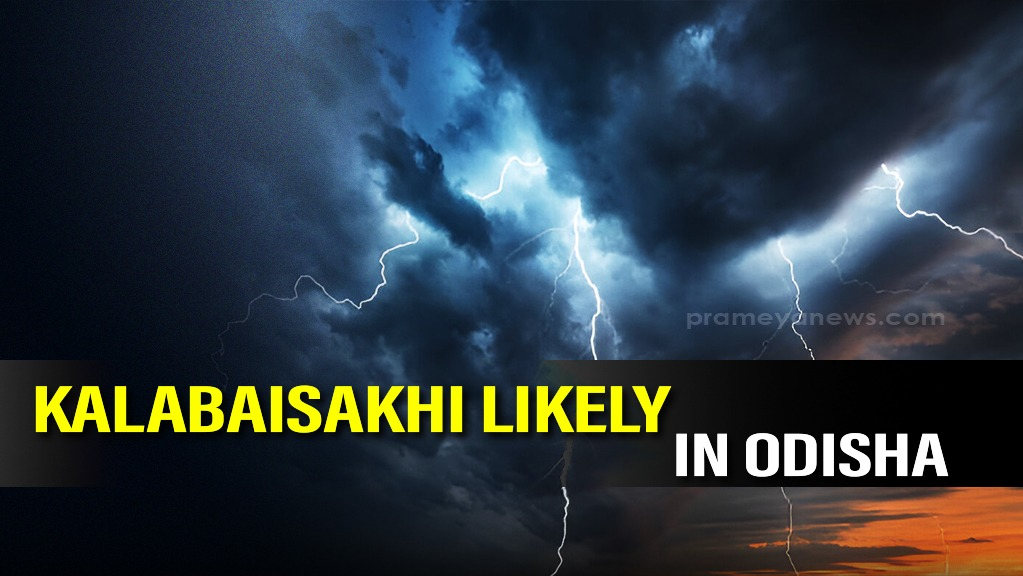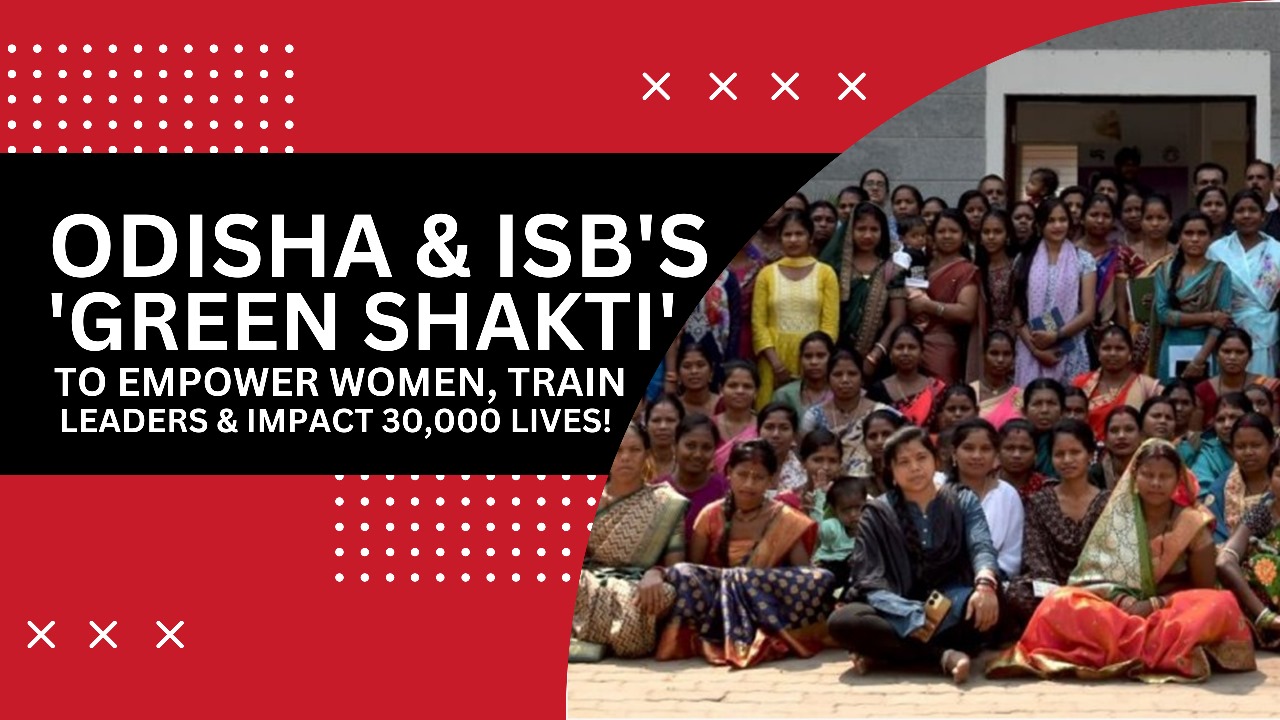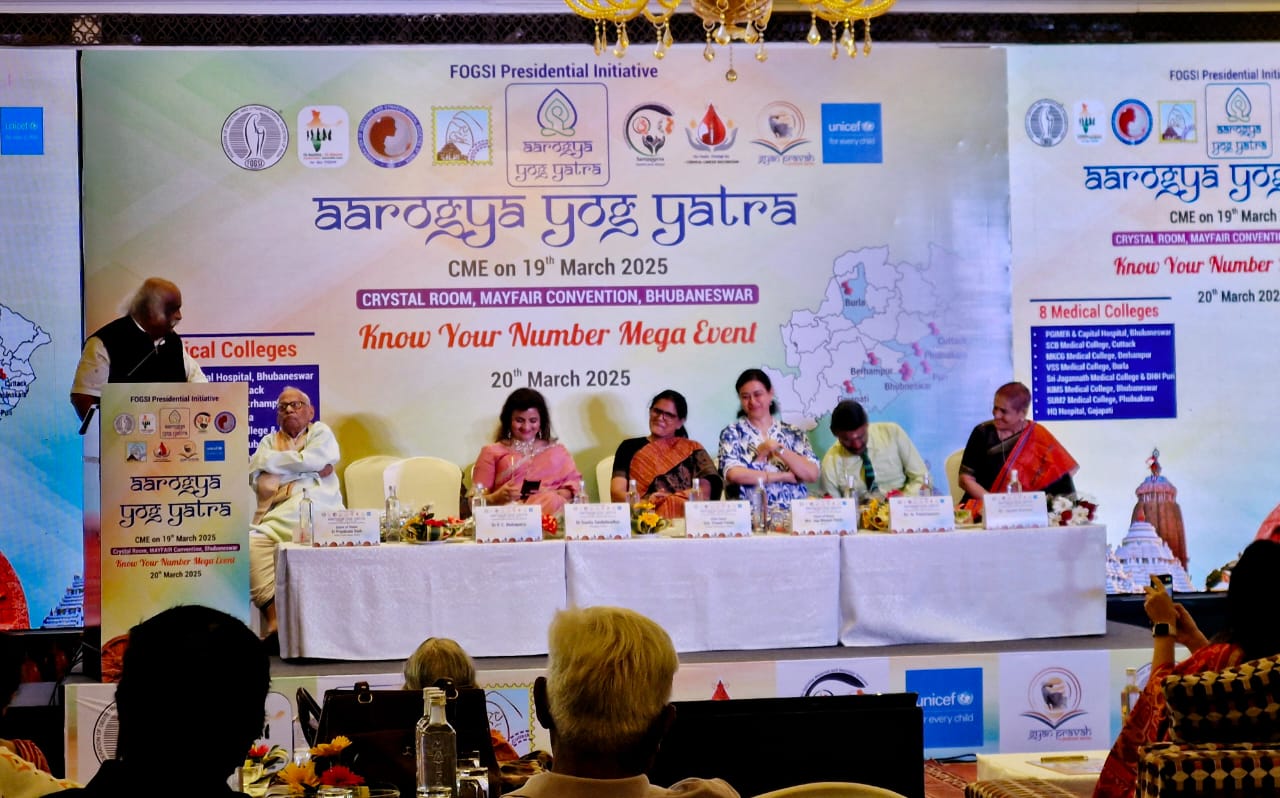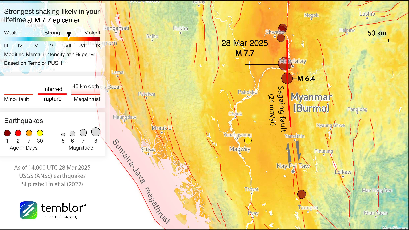Bhubaneswar: When Kalpana Dash stood atop Mount Everest on May 21, 2008, she wasn't just 29,032 feet above sea level—she was breaking barriers for women across India and writing a new chapter in Odisha's history. As the first person from her state to conquer the world's highest peak, her journey from a small town in eastern India to the summit of Everest is a testament to unwavering human spirit and determination.
Born in 1966 in Dhenkanal, Odisha, Dash's path to mountaineering glory was anything but straightforward. Unlike many elite climbers, she didn't come from a mountaineering background—she was a lawyer by profession who discovered her passion for climbing relatively late. Yet what she lacked in early training, she more than made up for with extraordinary perseverance.
"The mountain doesn't know your gender, your nationality, or your background," Dash once said in a rare interview after her successful ascent. "It only respects preparation and determination."
Her road to the summit was marked by repeated setbacks. In 2004, she made her first attempt to scale Everest but was forced to turn back due to equipment issues—specifically problems with her climbing boots that could have resulted in life-threatening frostbite. Many would have given up after such disappointment, but Dash returned in 2006 for another attempt. This time, nature itself intervened with severe weather conditions forcing her to abort the climb just 50 meters from the summit—an agonizing near-miss that would have crushed the spirit of a less resilient person.
"Coming that close and having to turn back was more painful than any physical hardship I'd endured," she later reflected. "But the mountain teaches you patience. It will be there tomorrow, but you might not be if you make the wrong decision."
When Dash finally reached the summit in 2008, she was part of an international five-member team with climbers from the United States, Canada, and Nepal. Her achievement was particularly remarkable considering the challenges faced by Indian women in adventure sports at that time—limited funding, cultural expectations, and a severe lack of training infrastructure.
Prabhat Mohanty, a fellow Odia mountaineer who trained with Dash, remembers her singular focus. "She climbed with incredible mental strength. While others would complain about conditions, Kalpana always maintained her composure. Her success opened doors for an entire generation of women adventurers from our state."
Beyond her Everest triumph, Dash conquered other formidable peaks including Kanchenjunga in India and peaks in Australia, Europe, and the Americas. She was particularly drawn to challenging climbs that tested both technical skill and endurance.
Throughout her career, Dash remained committed to using her platform to mentor young climbers, particularly girls from disadvantaged backgrounds. She established training programs in Odisha that continue to produce promising mountaineers.
"Kalpana didn't just climb mountains—she moved them for others," says Shakuntala Panda, one of several female climbers mentored by Dash. "She showed us that with proper training and determination, nothing is impossible."
Tragically, the mountain that made her a legend would eventually claim her life. On May 23, 2019, during her third Everest expedition, Dash died while descending from the summit after successfully reaching the top again. She was 53. Her death came during one of Everest's deadliest seasons, when overcrowding and difficult weather conditions contributed to multiple fatalities.
The news of her passing sent shockwaves through India's adventure sports community. Odisha Chief Minister Naveen Patnaik honored her with a state funeral, acknowledging her contribution to putting Odisha on the global mountaineering map.
Today, Dash's legacy lives on through the Kalpana Dash Mountaineering Foundation, which provides training and equipment to aspiring climbers from underprivileged backgrounds. A statue commemorating her achievement stands in Bhubaneswar, Odisha's capital, inspiring future generations.
Her life story embodies the very essence of mountaineering—facing impossible odds, suffering setbacks, and persisting nonetheless. In a sport often dominated by climbers from wealthy nations with extensive alpinist traditions, Dash proved that passion and perseverance could overcome even the steepest barriers.
"The summit is actually only half the journey," she once noted, unwittingly foreshadowing her own fate. "Getting down safely is equally important."







